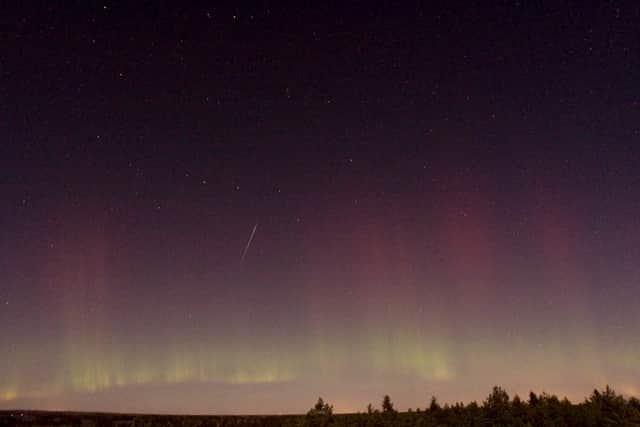Draconids meteor shower: where to see them in the UK, when is the peak - how to see shooting stars
and live on Freeview channel 276
Every October, the Draconid meteor shower lights up the night sky. Though its intensity is hard to predict, the shower has provided viewers with hundreds of "shooting stars" per hour in the past.
But what do you need to know to take full advantage of what could be a breathtaking celestial display and, when does this year's Draconid meteor shower peak? Here is all the information you require.
Advertisement
Hide AdAdvertisement
Hide AdWhat is the Draconid meteor shower?
The Draconid meteor shower, first discovered in 1900 by the astronomer Michel Giacobini (the shower was initially named the Giacobinids), is an annual meteor shower that occurs when the Earth passes through the debris left behind by the comet 21P/Giacobini-Zinner.
Meteor showers are caused by particles of ice and rock - often as small as a grain of sand - hitting the Earth’s atmosphere nearly 60 miles above our heads. The friction generated as the particles move through the atmosphere creates streaks of light in the night sky as they burn up.
The shower gets its name from the constellation Draco (the Dragon), as the meteors appear to originate from this part of the sky when viewed from Earth.


When is the best time to see them?
The meteors will be visible in the night sky from Friday 6 October, but they will gradually grow in intensity until they peak in intensity on the evening of Monday 8 October.
